

|


|
 Refuge
Refuge
Women find safety and refuge in our front-line houses where they begin to develop basic living skills in a supportive environment. With time and progress the women can move to stage 2 housing—Transitional Housing—where the objective is to increase the participant's responsibility and freedoms. The goal is to prepare each participant towards independent living within community.
 Reintegration
Reintegration
Morning classes focus on Skill Development Levels I and II and include training in sewing, jewelry design, social media & marketing, computers, employment readiness and academics. Participants are supported in setting educational and/or employment goals and may be provided with internships and training within the program to develop their skills and resumes.
 Restoration
Restoration
Afternoon classes are focused on recovery and healing through courses such as relapse prevention, practicing the 12-steps, self-esteem, parenting, anger management, etc. This is accomplished through delivery of recovery curriculum in short, interactive classes and recreational and educational outings.
 A life Rewritten
A life Rewritten
An essential part of the 7-year program involves preparing the participants to thrive in community, supported with suitable employment. We want every participant to reach their full potential and to be set up for success. This means they are economically empowered to live financially free, where they are able to provide for themselves and their child without the risk of being forced back into a life of slavery.
|
“
No one should be defined
by their past. No matter how they got in, everyone deserves a chance to get out. ” |
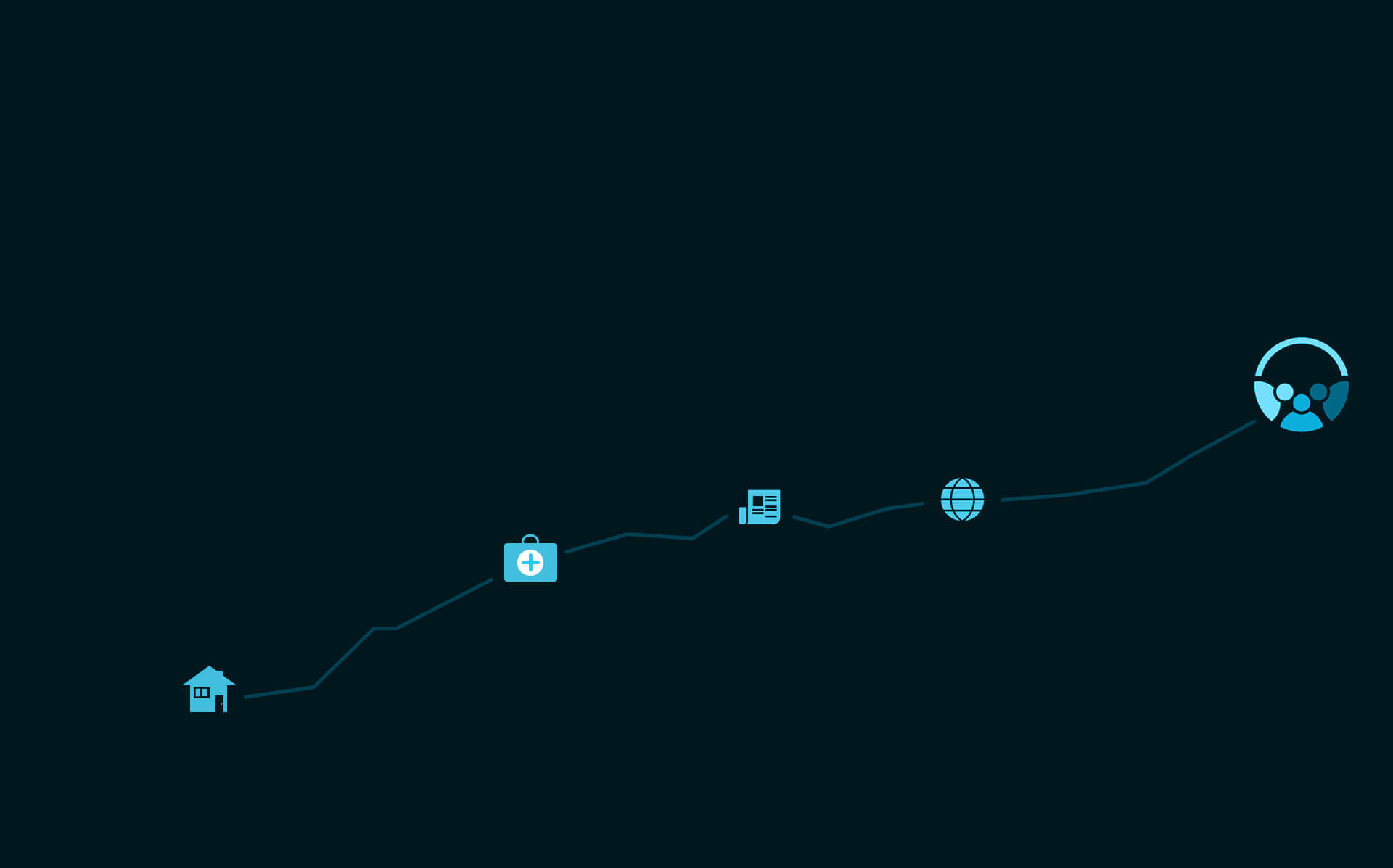
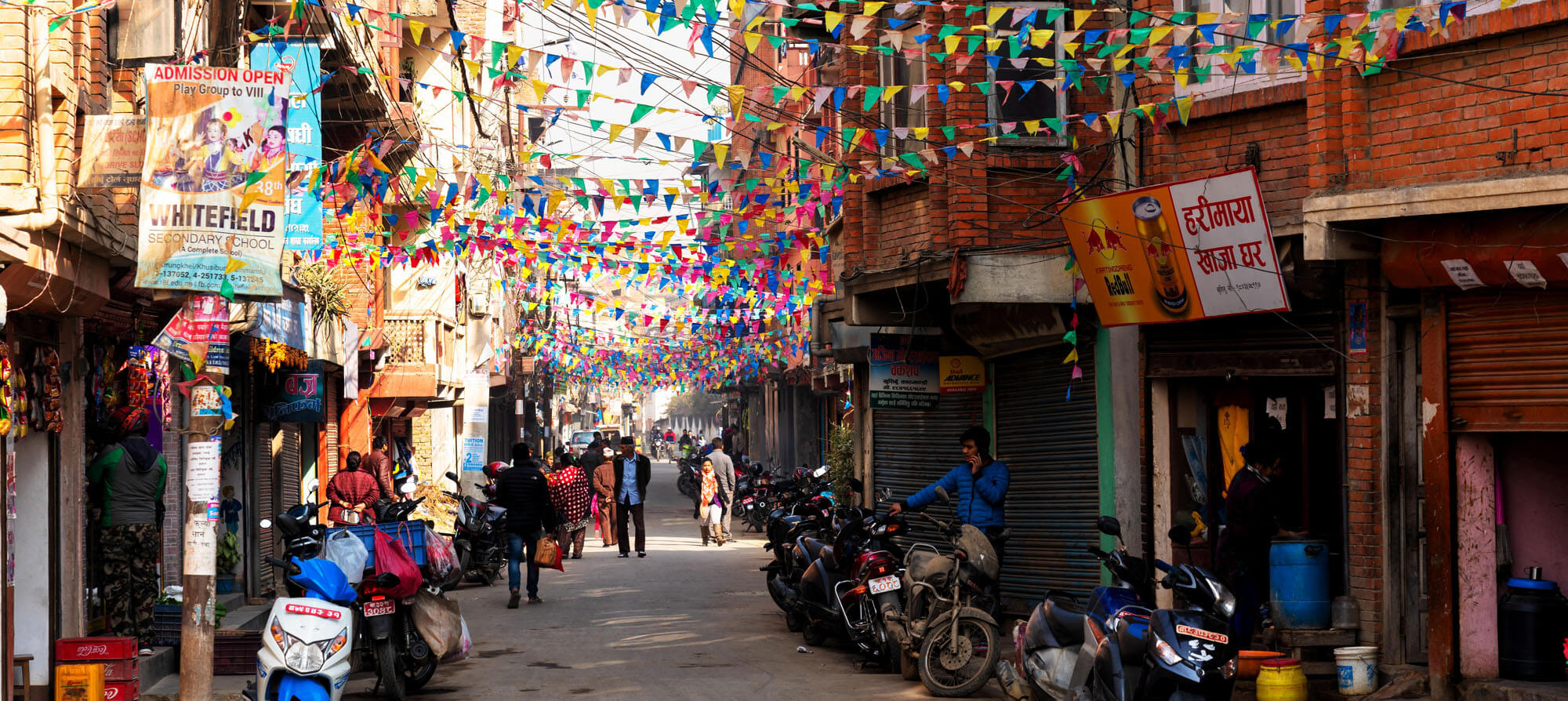
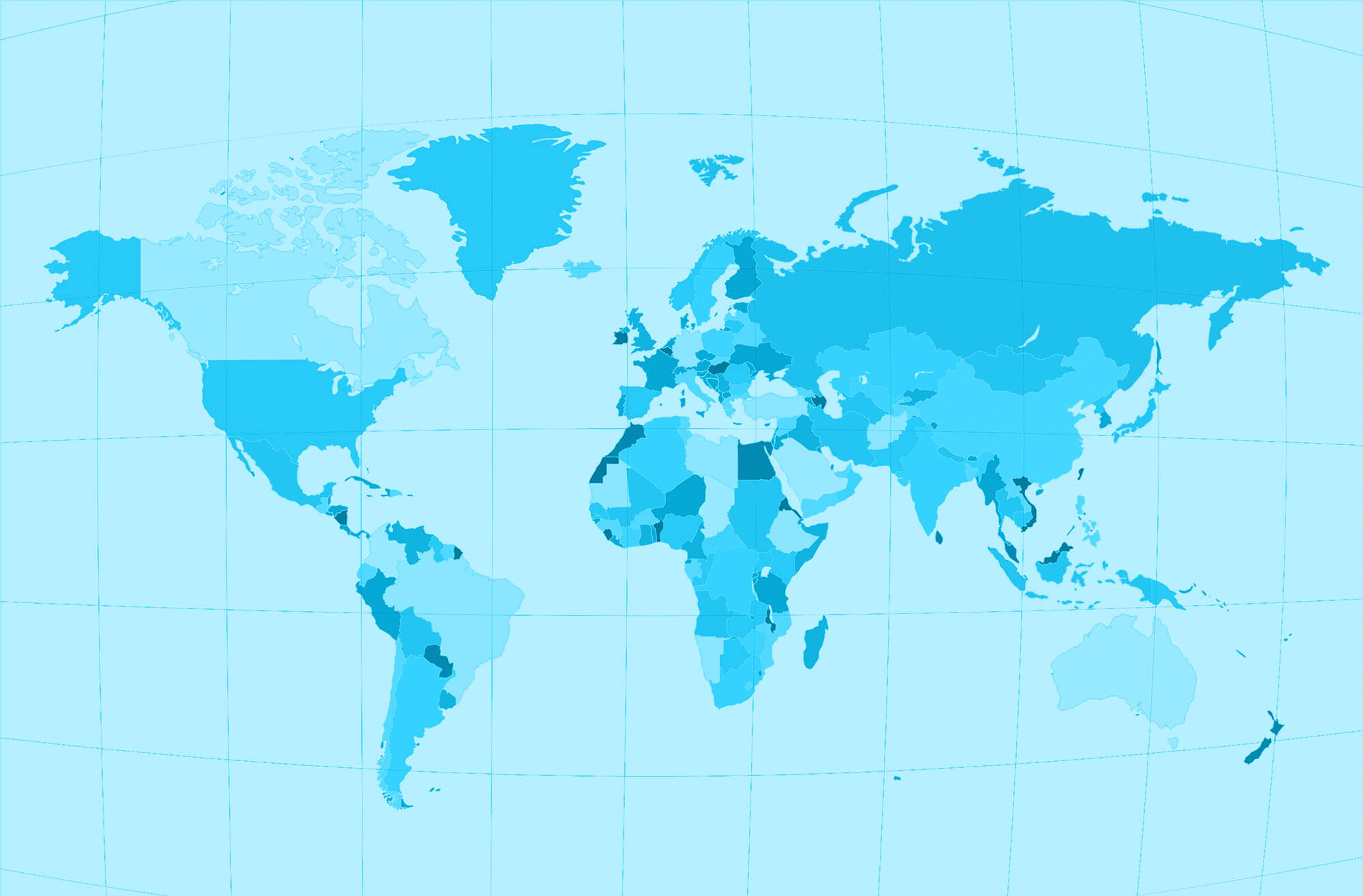
The Philippines
|
Italy
|
Bulgaria
|
Greece
|
Germany
|
Germany
|
Hungary
|
Nepal
|
USA
|
USA
|
USA
|
Canada
|
Canada
|
Canada
|
Canada
|
|
There was a lot of learning in the first year, but we couldn’t imagine going through it without the support, mentorship, and training from the SA Foundation.
R. Leader of Berlin program Germany |

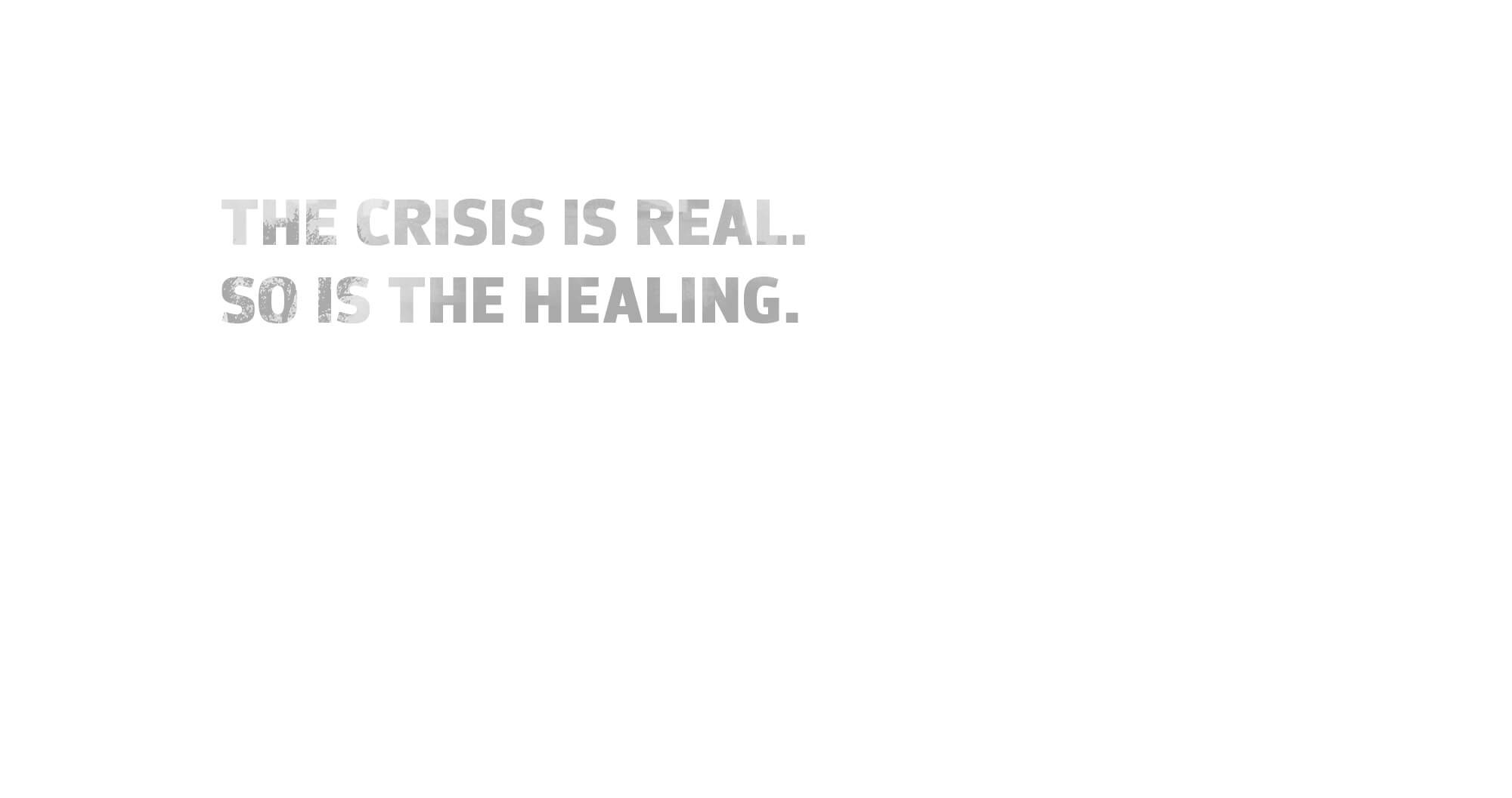
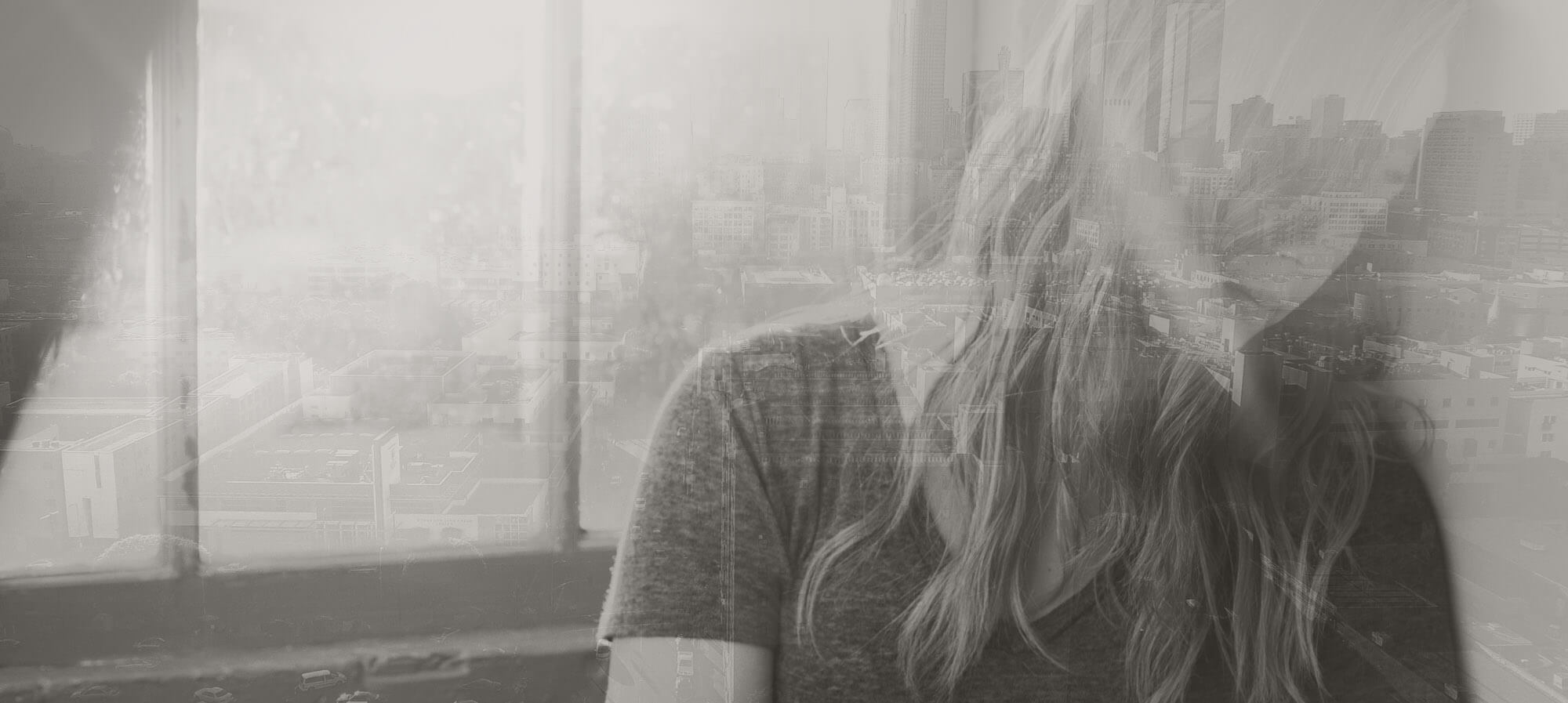
Provide safety for herGive today Give today |